Understanding Common Plastic Additives: Enhancing Performance & Properties
14/05/2024
Plastic additives are indispensable components in the manufacturing process, playing a pivotal role in enhancing the performance, durability, and aesthetic appeal of plastic products. These additives serve various functions, from improving processing efficiency to imparting specific properties to the final product. In this blog, we delve into some common plastic additives manufactured by CHEMBROAD and explore their roles, applications, and significance in plastic manufacturing.
Common Plastic Additives:1. Zinc Stearate:
Explanation of its role as a lubricant and release agent in plastic processing:
Zinc stearate, a white, fluffy powder, serves as a crucial lubricant and release agent in plastic processing. It effectively reduces friction between polymer chains, facilitating smoother processing and preventing equipment from sticking during extrusion or molding processes.
Applications in PVC, rubber, and other polymer products:
Zinc stearate finds extensive applications across various industries, including PVC, rubber, and other polymer products. It is commonly used as a mold release agent in PVC pipe manufacturing, ensuring easy release of the formed products from molds without damage.
Importance in preventing sticking during processing and improving surface finish:
One of the key benefits of zinc stearate is its ability to prevent sticking during processing, thereby improving the efficiency of production processes. Additionally, it enhances the surface finish of plastic products, contributing to their overall quality and appearance.
Common Plastic Additives:2. Calcium Stearate:
Similarities and differences with Zinc Stearate:
While calcium stearate shares similarities with zinc stearate in terms of its lubricating and release properties, it differs in its chemical composition and application specifics. Calcium stearate is often preferred in applications where zinc is not desirable, such as in certain food packaging materials.
Role in promoting fusion, eliminating die build-up, and enhancing dispersion of fillers:
Calcium stearate plays a vital role in promoting fusion between polymer chains during processing, leading to improved mechanical properties of the final product. It also helps eliminate die build-up in extrusion processes and enhances the dispersion of fillers, ensuring uniformity in the plastic matrix.
Widely used in PVC applications, stabilizing the material during processing:
In PVC applications, calcium stearate serves as a stabilizer, preventing degradation of the polymer during processing. It enhances the thermal stability of PVC, thereby ensuring consistent performance and durability of PVC products.
Common Plastic Additives:3. CPE135A PVC Impact Modifier:
Definition and purpose of impact modifiers in plastics:
Impact modifiers are additives designed to improve the impact strength and toughness of plastic materials, making them more resistant to breakage or cracking under stress. CPE135A is a renowned impact modifier widely used in PVC formulations for this purpose.
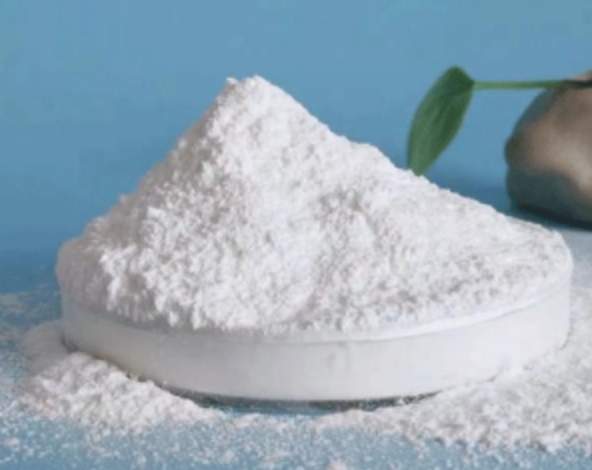
Specific benefits of CPE135A in PVC applications:
CPE135A offers numerous benefits in PVC applications, including enhanced impact strength, weather resistance, and flexibility. It improves the overall toughness of PVC products, making them suitable for various applications, including rigid and flexible PVC pipes, profiles, and cables.
Applications in rigid and flexible PVC products:
CPE135A is utilized in both rigid and flexible PVC products to impart superior impact resistance and weatherability. In rigid PVC applications, such as construction materials and automotive parts, it improves the durability of the products, while in flexible PVC applications, such as wire and cable insulation, it enhances flexibility and resilience.
Common Plastic Additives:4. CPE135B PVC Impact Modifier:
Contrasting CPE135B with CPE135A in terms of properties and applications:
CPE135B shares similarities with CPE135A in its role as a PVC impact modifier but exhibits distinct properties and applications. It is specifically formulated to offer superior low-temperature impact performance and processing stability, making it ideal for outdoor PVC products exposed to harsh environmental conditions.
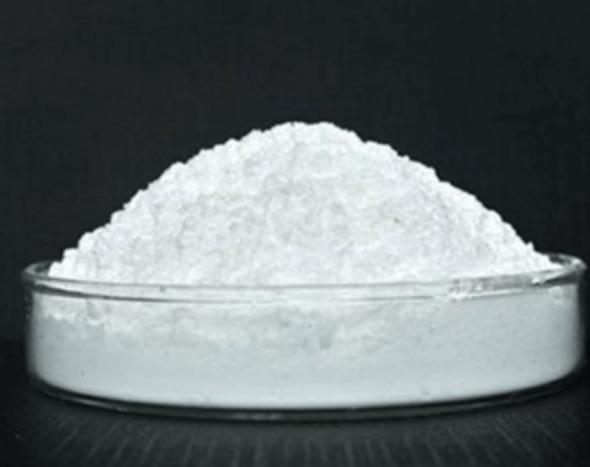
Highlighting its effectiveness in low-temperature impact performance and processing stability:
One of the key advantages of CPE135B is its exceptional performance in low-temperature environments, where traditional PVC formulations may become brittle. It maintains flexibility and toughness even at sub-zero temperatures, ensuring the reliability and longevity of outdoor PVC products.
Usage in outdoor PVC products exposed to harsh environmental conditions:
CPE135B is extensively used in outdoor PVC applications, such as window profiles, siding, and outdoor furniture, where exposure to UV radiation, temperature fluctuations, and mechanical stress can compromise the integrity of the material. Its superior impact resistance and weatherability make it a preferred choice for such demanding applications.
Common Plastic Additives:5. Composite Stabilizer:
Explanation of the role of stabilizers in preventing degradation during processing and use:
Stabilizers are additives designed to prevent degradation of plastic materials during processing and use, thereby extending their service life and maintaining their properties over time. Composite stabilizers, manufactured by CHEMBROAD, combine different stabilizing agents to achieve enhanced performance and stability.
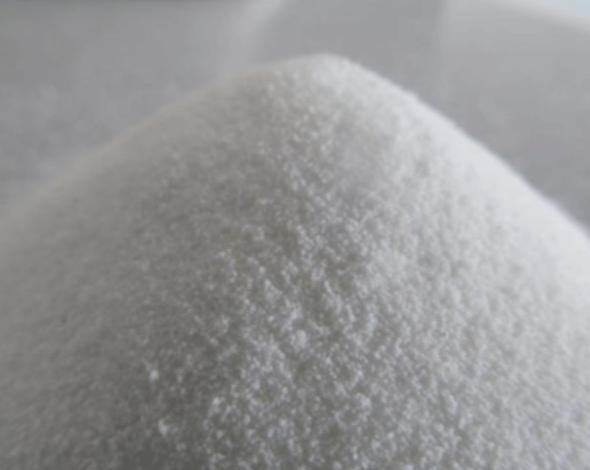
Overview of composite stabilizers, combining different stabilizing agents for enhanced performance:
Composite stabilizers incorporate a synergistic blend of stabilizing agents, such as antioxidants, UV absorbers, and metal deactivators, to provide comprehensive protection against thermal, oxidative, and UV degradation. This combination ensures superior stability and durability of plastic products in various applications.
Applications in various PVC products:
Composite stabilizers find widespread applications in PVC products, including window profiles, pipes, siding, and automotive components. They effectively protect PVC materials from degradation caused by heat, light, and environmental factors, ensuring long-term performance and reliability in demanding applications.
Common Plastic Additives:6. Fischer-Tropsch Wax:
Introduction to waxes and their functions in plastic processing:
Waxes are versatile additives used in plastic processing to improve processing efficiency, reduce friction, and enhance surface quality. Fischer-Tropsch wax, derived from synthetic processes, is a popular choice due to its consistent quality and performance.
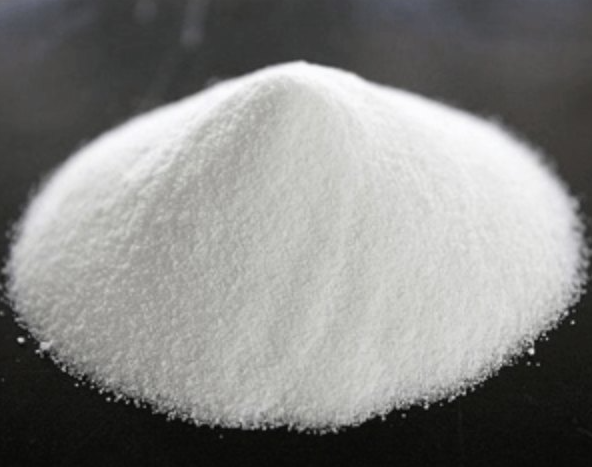
Benefits of Fischer-Tropsch wax:
Fischer-Tropsch wax offers several benefits in plastic processing. It acts as a lubricant, reducing the coefficient of friction between polymer chains and processing equipment, thereby improving flow properties and reducing energy consumption.
Applications in PVC, PE, PP, and other polymer systems:
Fischer-Tropsch wax finds extensive applications in various polymer systems, including PVC, polyethylene (PE), and polypropylene (PP). It improves the processability of these materials, leading to smoother extrusion, injection molding, and other processing operations.
Common Plastic Additives:7. Glycerin Monostearate:
Explanation of its role as a lubricant, anti-blocking agent, and dispersing agent:
Glycerin monostearate serves multiple functions in plastic processing. As a lubricant, it reduces friction between polymer chains and processing equipment, improving flow properties and preventing sticking. Additionally, it acts as an anti-blocking agent, preventing adhesion between plastic surfaces, and as a dispersing agent, ensuring uniform dispersion of additives.
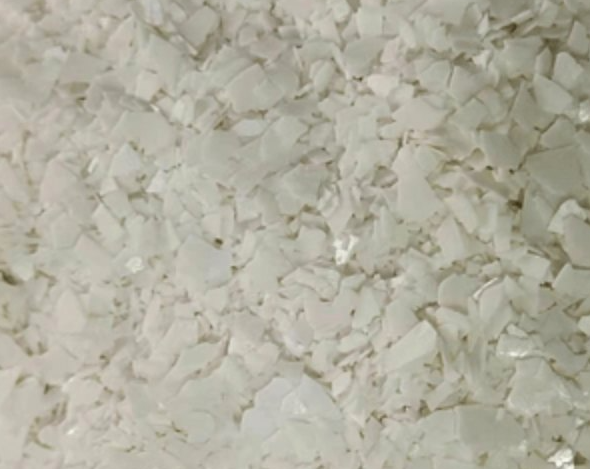
Applications in PVC processing:
In PVC processing, glycerin monostearate plays a crucial role in improving flow properties, reducing die build-up, and enhancing the surface gloss of plastic products. It facilitates smoother processing and helps achieve desired surface finishes, contributing to the overall quality of PVC products.
Contribution to the surface gloss and appearance of plastic products:
Glycerin monostearate enhances the surface gloss and appearance of plastic products by reducing surface roughness and promoting uniformity. This results in visually appealing products with improved aesthetics, making them more attractive to consumers.
Common Plastic Additives:8. PVC Heat Stabilizer:
Importance of heat stabilizers in preventing thermal degradation of PVC:
Heat stabilizers are essential additives in PVC processing to prevent thermal degradation, which can occur during processing or when exposed to elevated temperatures during service life. They help maintain the integrity and performance of PVC products under thermal stress.
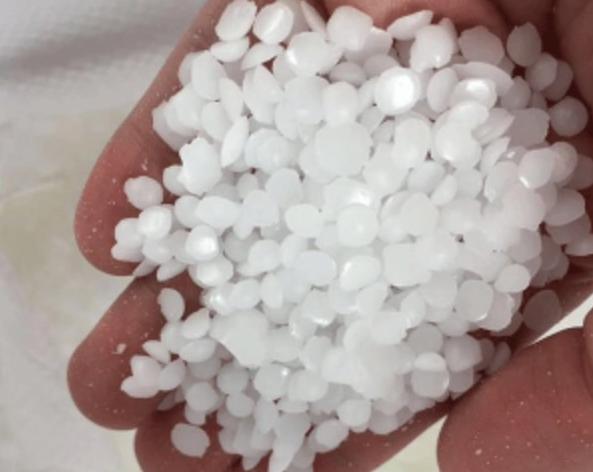
Overview of different types of heat stabilizers and their mechanisms of action:
Various types of heat stabilizers are available, including metallic soaps, organotin compounds, and mixed metal stabilizers. These stabilizers function by scavenging harmful radicals, inhibiting chain scission reactions, and neutralizing acidic by-products generated during thermal degradation.
Role in extending the service life and maintaining the integrity of PVC products exposed to heat:
Heat stabilizers extend the service life of PVC products by preventing degradation and maintaining their mechanical properties, color stability, and dimensional stability under elevated temperatures. They are particularly crucial in applications where PVC products are exposed to heat, such as building materials and automotive components.
Common Plastic Additives:9. Stearic Acid:
Dual functionality of stearic acid as a lubricant and stabilizer in plastics:
Stearic acid serves a dual function in plastics as both a lubricant and a stabilizer. As a lubricant, it reduces friction between polymer chains and processing equipment, improving flow properties and preventing sticking. Additionally, it acts as a stabilizer, promoting fusion between polymer chains and improving the dispersion of fillers and additives.
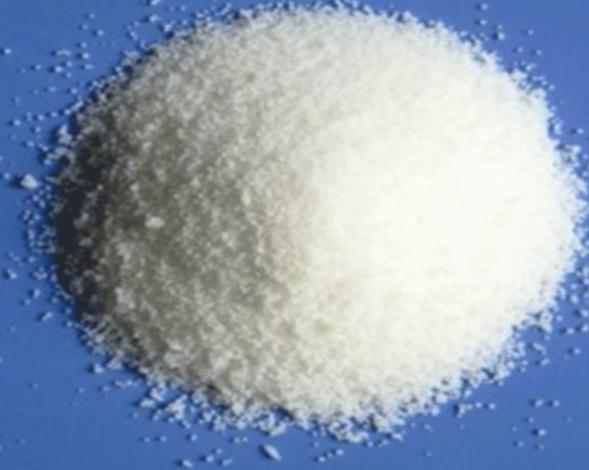
Applications in PVC processing:
In PVC processing, stearic acid is used to promote fusion between PVC resin particles, leading to improved mechanical properties and surface finish of PVC products. It also enhances the dispersion of fillers and pigments, ensuring uniformity and consistency in the final products.
Contribution to the mechanical properties and surface finish of plastic products:
Stearic acid contributes to the mechanical properties and surface finish of plastic products by improving fusion between polymer chains, reducing surface defects, and enhancing the dispersion of additives. This results in stronger, smoother, and more aesthetically pleasing plastic products.
Common Plastic Additives:10. Titanium Dioxide:
Role of titanium dioxide as a pigment and UV stabilizer in plastics:
Titanium dioxide is a versatile additive used in plastics as both a pigment and a UV stabilizer. As a pigment, it provides opacity, brightness, and color consistency to plastic products. Additionally, it acts as a UV stabilizer, protecting plastic materials from degradation caused by UV radiation.
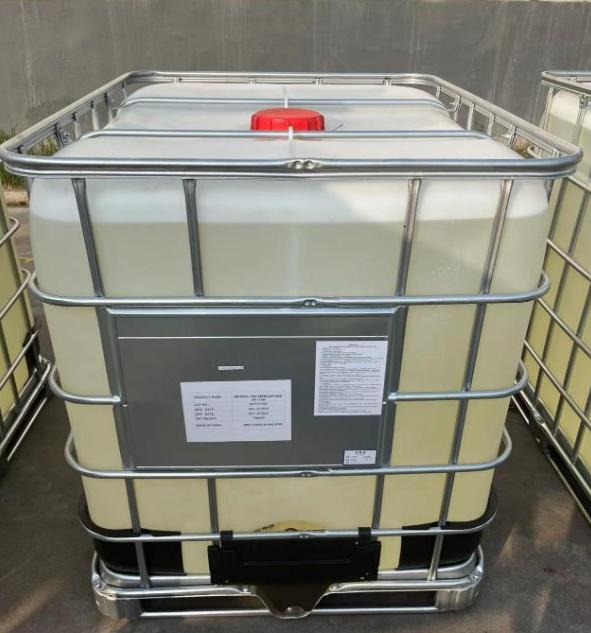
Importance in providing opacity, brightness, and color consistency to plastic products:
Titanium dioxide is highly valued for its ability to impart opacity, brightness, and color consistency to plastic products, making them visually appealing and suitable for various applications. It enhances the aesthetic properties of plastic materials, making them more attractive to consumers.
Applications in various plastic materials:
Titanium dioxide is used in various plastic materials, including PVC, polyethylene, and polystyrene, to achieve desired coloration and UV protection. It is commonly found in consumer products such as packaging materials, automotive parts, and household appliances.
Conclusion
Plastic additives manufactured by CHEMBROAD play a crucial role in enhancing the performance, durability, and quality of plastic products across various industries. From lubricants and release agents to impact modifiers and stabilizers, these additives contribute to the versatility and functionality of plastics, making them indispensable in modern manufacturing processes. Understanding the roles and applications of these common plastic additives is essential for optimizing product performance and meeting the evolving needs of consumers and industries.




